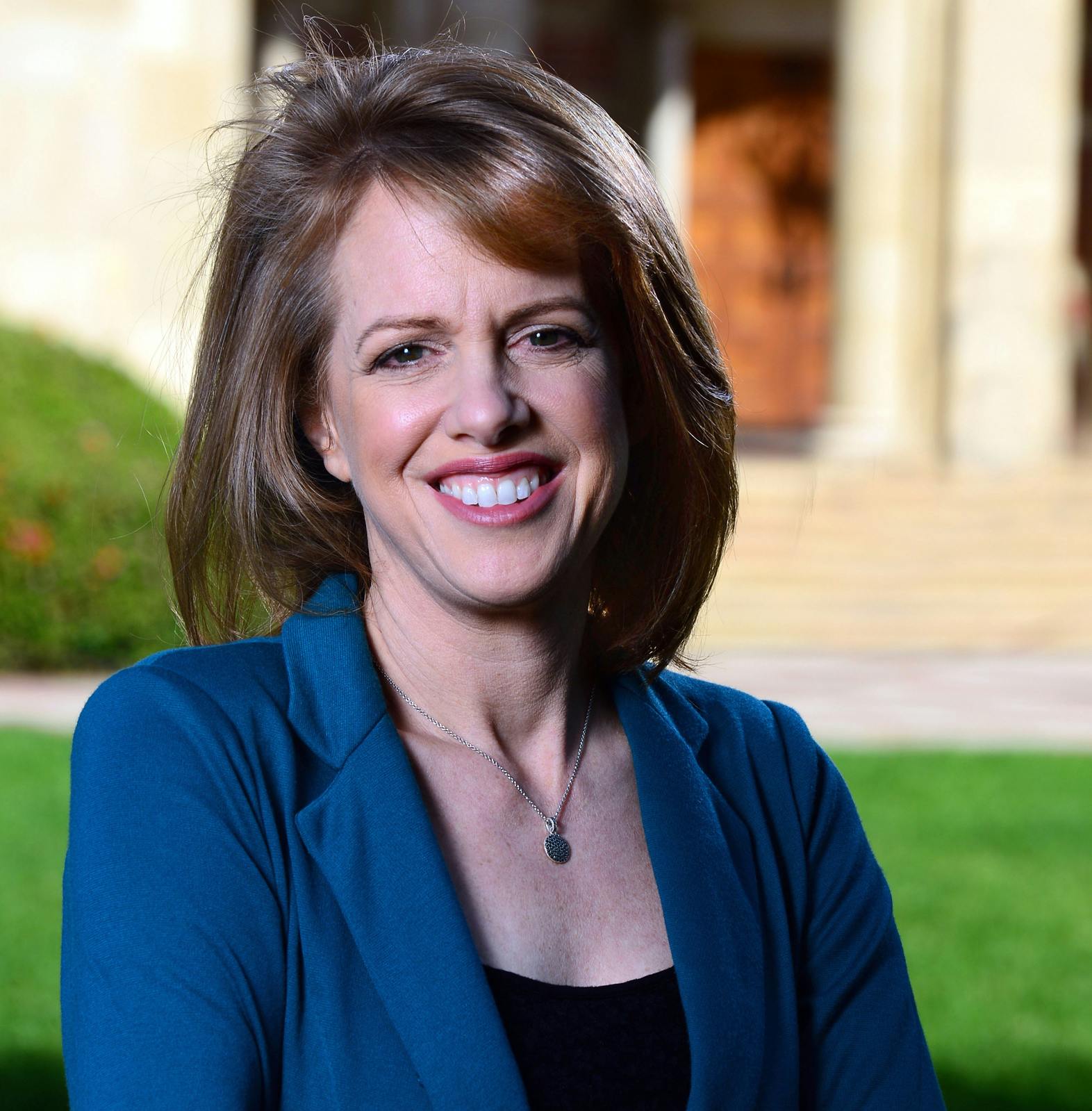Linda Sax, professor of education in UCLA’s Higher Education & Organizational Change Division (HEOC), is principal investigator for a multi-institution effort to examine the effectiveness of departmental efforts to recruit and retain a greater number of women and underrepresented minority students in computer science majors. The project, which is titled, “Building Recruiting and Inclusion for Diversity” (BRAID), is funded by corporate sponsors including Facebook, Google, Intel, and Microsoft. UCLA Education’s research grant is comprised of $210,000 over the next three years.
The BRAID project, a collaboration between UCLA, Harvey Mudd College, and the Anita Borg Institute for Women and Technology, encompasses 15 other universities across the nation, including UC Irvine, Arizona State University, the University of Illinois at Chicago, the University of North Texas, and Villanova University. Sax is currently in the first year of the mixed-methods study, interviewing department chairs, faculty, administrators, and students. The quantitative elements of the study will involve surveys of students in introductory CS courses and the faculty who teach them.
“What we’re going to be looking at is what these schools do differently,” notes Sax. “The mission behind BRAID is to see whether and how computer science department chairs change the culture of their departments… and effect change with committed leadership from the top.”
Sax says that BRAID’s four-pronged purpose involves revamping introductory CS courses, promoting double majors and the interdisciplinary relevance of CS, outreach to high schools, and the building of a sense of community within the discipline for women and minorities. She says that the project aims to “create a model where computer science is taught in the context of why it matters and what implications it has for education, health care, environment, the arts… and to find ways for students to connect with computer science through their own interests.”
“Because of longstanding stereotypes, a lot of students might think, ‘I don’t want to be a programmer,’” says Sax. “But if they want to be in the arts, and they know how to program, they can work in their area of interest. There is computing in art and design, the digital humanities, and countless other fields. There’s a lot of overlap between what you can do in computer science and the applications in broader fields.”
Sax says that while the presence of women in computing has ebbed and flowed over time, they are still “vastly underrepresented in computer science.” She notes that only 18 percent of undergraduate computer science majors are women, with even lower representation among women of color.
“Women are so underrepresented in this field in a way that is more challenging to deal with than other fields,” says Sax. In all the years of tracking with The Freshman Survey, women have made progress in medicine; they’re now more likely than men to want to become doctors. Women have made progress in aspiring to law school and business careers. These are all areas that were formerly [dominated] by men. But in computer science, as in engineering, there has not been that kind of progress. In fact, despite numerous efforts to attract women to computing, the gender gap is only growing larger.”
Sax is continuing to secure more funding for BRAID, which she hopes to expand into a more robust study over time to examine how students who are retained in CS programs continue with the major and develop a sense of identity within the field. She says that the multi-institutional nature of BRAID makes it unique.
“Most of the work that’s been done to look at what happens with gender in computing is done at single institutions,” notes Sax. “From the start, the BRAID effort was developed with an eye toward evaluation and research [to see] how computing is taught across institutions, and how differences between institutions might lead to increased retention and improvement for women and students of color.”
BRAID has recently formed a partnership with the Computing Research Association (CRA) to use the comparative data for students and women of color at non-BRAID institutions from CRA’s annual survey of students in computer science. Sax is in the process of seeking more funding for the project in order to enhance survey participation with response incentives.
“The ultimate goal is to diversify computer science,” says Sax. “From a big picture perspective it matters because we all use technology. We all are reliant on technologies that are developed by a very homogenous, select few. Without the voices of diverse communities in developing computer applications, the needs of everybody are not being met. We hope that the findings from this project will help make a difference.”
Photo by Rich Schmitt Photography
